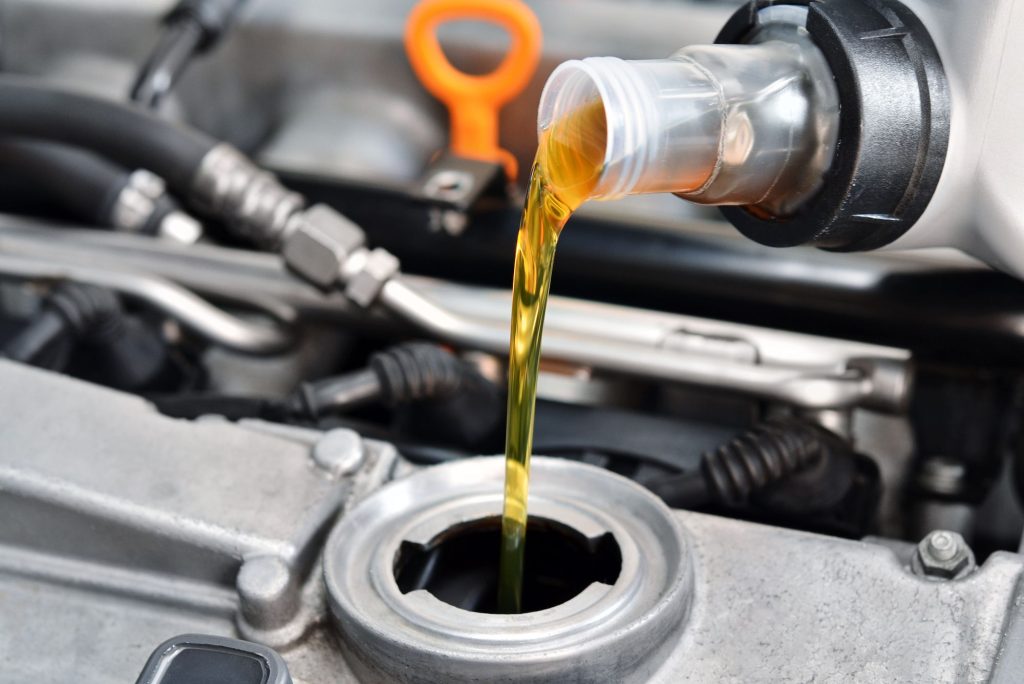Title: A Comprehensive Beginner’s Guide to Auto Maintenance: Keeping Your Vehicle Running Smoothly
Introduction:
Embarking on the journey of auto ownership is an exciting adventure, but it comes with the responsibility of keeping your vehicle well-maintained. Regular auto maintenance not only ensures the longevity of your car but also enhances its performance and safety. For beginners, the world of car maintenance might seem daunting, but fear not! This comprehensive guide is here to walk you through the essential steps of keeping your vehicle in top-notch condition.
- Understanding Your Vehicle:
Before diving into the practical aspects of auto maintenance, it’s crucial to understand the basic components of your vehicle. Familiarize yourself with the owner’s manual, which provides valuable information about your car’s specifications, recommended maintenance schedule, and troubleshooting tips. Knowing the make, model, and year of your car is essential when purchasing replacement parts or fluids.
- Create a Maintenance Schedule:
Establishing a regular maintenance schedule is the foundation of keeping your vehicle in optimal condition. While specific intervals may vary depending on your car’s make and model, a general guideline includes routine tasks such as oil changes, tire rotations, and brake inspections. Refer to your owner’s manual for manufacturer recommendations and create a calendar to track these maintenance milestones.
- Oil Changes:
Engine oil is the lifeblood of your car, ensuring that its internal components operate smoothly. Regular oil changes are crucial to prevent engine wear and maintain fuel efficiency. Follow your manufacturer’s guidelines for the type of oil and change intervals. Typically, oil changes are recommended every 3,000 to 5,000 miles, but modern vehicles often have longer intervals.
To change the oil:
- Lift the car using a jack and secure it with jack stands.
- Locate the oil drain plug beneath the engine and remove it to drain the old oil.
- Replace the oil filter.
- Refill the engine with the recommended amount and type of oil.
- Checking and Topping Off Fluids:
Various fluids play a vital role in your car’s performance. Regularly check and top off the following fluids:
- Coolant: Ensures the engine doesn’t overheat.
- Brake Fluid: Maintains proper brake system function.
- Power Steering Fluid: Keeps the power steering system lubricated.
- Transmission Fluid: Essential for smooth gear shifts.
- Windshield Washer Fluid: Ensures a clear field of vision.
Consult your owner’s manual for the correct fluid specifications and locate the respective reservoirs under the hood. Use a funnel to add fluids as needed, and inspect for any signs of leaks or discoloration.
- Tire Maintenance:
Well-maintained tires are crucial for both safety and fuel efficiency. Follow these steps:
- Regularly check tire pressure using a gauge and inflate them to the recommended levels.
- Inspect tires for signs of uneven wear, bulges, or punctures.
- Rotate tires at the recommended intervals to promote even wear.
- Align the wheels if you notice your car pulling to one side.
- Brake Inspections:
Your car’s braking system is paramount for safety. Regularly inspect the brakes and address any issues promptly. Signs of brake wear include squeaking or grinding noises, vibrations, or a soft brake pedal. If you’re comfortable, you can visually inspect the brake pads and rotors or take your car to a professional for a thorough brake inspection.
- Air Filter Replacement:
The air filter ensures that clean air reaches your engine, optimizing combustion. Over time, the filter can become clogged, affecting performance and fuel efficiency. Check your owner’s manual for the recommended replacement interval, and replace the air filter accordingly. Typically, it’s a straightforward task of locating the air filter housing, removing the old filter, and inserting a new one.
- Battery Maintenance:
A healthy battery is essential for starting your car reliably. Regularly inspect the battery terminals for corrosion and ensure they are securely connected. If your battery has removable caps, check the electrolyte levels and top off with distilled water if necessary. Most importantly, monitor the battery’s overall condition, and replace it if it shows signs of weakness or is more than five years old.
- Lighting System Checks:
Proper lighting is crucial for your safety on the road. Regularly check all exterior lights, including headlights, brake lights, turn signals, and taillights. Replace any burnt-out bulbs promptly. Periodically clean the headlights to maintain optimal brightness.
- Wiper Blade Replacement:
Clear visibility is essential for safe driving in various weather conditions. Inspect your wiper blades regularly for signs of wear, such as streaking or skipping. Replace them if they no longer effectively clear the windshield. Additionally, keep the windshield washer fluid reservoir filled to ensure a clear view.
Conclusion:
Congratulations on taking the initiative to learn about auto maintenance! By following this comprehensive guide, you’ll be well-equipped to handle the essential tasks that contribute to the longevity and performance of your vehicle. Remember, regular maintenance not only saves you money in the long run but also ensures a safer and more enjoyable driving experience. Don’t hesitate to seek professional help if you encounter tasks beyond your comfort level, and always prioritize safety when working on your vehicle. Happy driving!
 NZD
NZD
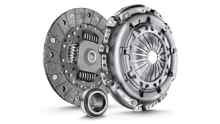
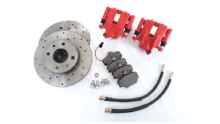
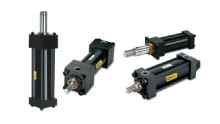
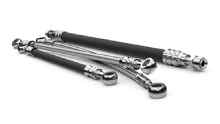
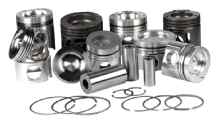
.jpg)
.jpg)
.jpg)
.jpg)

.jpg)
.jpg)


